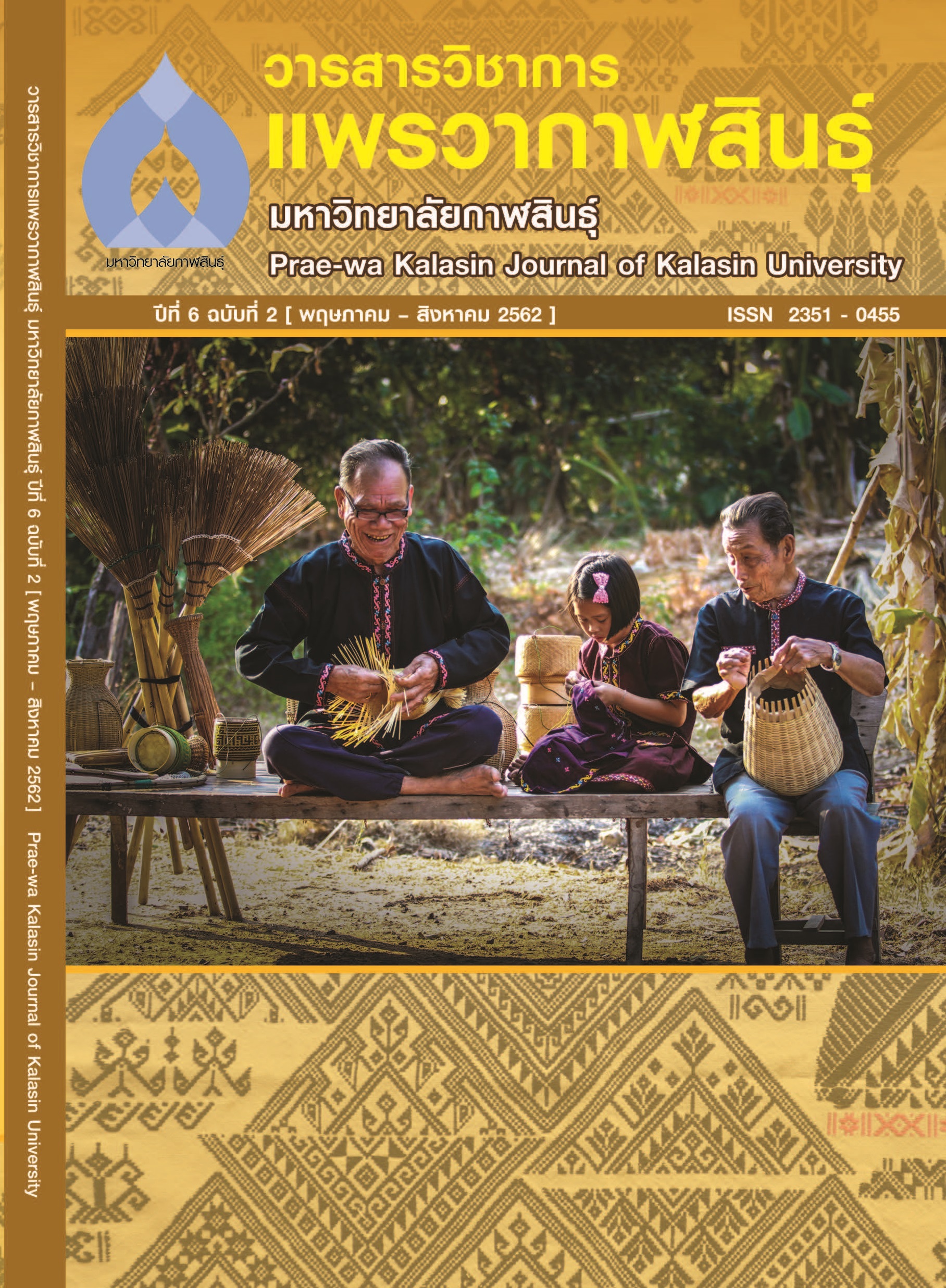Investigating Undergraduate Students’ Attitudes toward Learning English through Video Clips
Main Article Content
Abstract
In this age of technological innovation, video clips are widely used as a technology for English-language teaching. To provide more information
on the relationship between technology and language teaching, this study reports students’ attitudes toward using video clips in the language
classroom. A mixed method of research approach was applied in this study, in which 30 undergraduate students participated. The video clips
were utilized in the participants’ language classroom. The data was collected through a questionnaire and semi structured interviews. It was
found that students expressed positive views on the impact of using video clips in fostering their English language skills, especially in terms of listening.
The video clips also were said to make learning more interesting and enjoyable. In contrast, respondents indicated that video clips did not
encourage classroom discussion nor help them cope with communication anxiety.
Article Details
References
TESL EJ, 9(1), 1-21. Retrieved from https://tesl-ej.org/ej33/a1.pdf
Brand, S., Favazza, A. E., & Dalton, E. M. (2012). Universal design for learning: A blueprint for success for all learners. Kappa Delta Pi Record, 48,
134-139. doi:10.1080/00228958.2012.707506
Burt, M. (1999). Using videos with adult English language learners. Washington D.C.: Office of Educational Research and Improvement.
Retrieved from ERIC database. (ED434539)
Byram M., Gribkova B., & Starkey H. (2002). Developing the intercultural dimension in language teaching: A practical introduction for
teachers. Strasbourg, France: Council of Europe. Retrieved from https://lrc.cornell.edu/rs/roms/507sp/ExtraReadings/Section0/
Section0/uploads/File1235272745204/InterculturalDimensionByram.pdf
Ching, G., & Tchong, W. L. (2015). Pedagogical implications of using English TV series as supplement for EFL learners. Asian EFL Journal, 81, 45-61.
Cruse, S. (2013). Using educational video in the classroom: Theory, research, and practice. Retrieved from https://www.safarimontage.
com/pdfs/training/usingeducationalvideointheclassroom.pdf
Frank, J. (2013). Raising cultural awareness in the English language classroom. English Teaching Forum, 51(4), 2-11.
Golos, D. B., & Moses, A. M. (2013). The benefits of using educational videos in American sign language in early childhood settings. LEARNing
Landscapes, 6, 125–147.
Hizwari, S., Ahmad, I., Hifzurrahman, A., & Nor Haizan, W. (2008). Second language anxiety among diploma students in technical university
(Universiti Malaysia Perlis). Proceeding of International Conference on the Roles of the Humanities and Social Sciences in Engineering
2008 (ICOHSE08), 538-546.
Hsieh, P., & Kang H. (2010). Attribution and self-efficacy and their interrelationship in the Korean EFL context. Language Learning, 60,
606–27. Doi: 10.1111/j.1467-9922.2010.00570.x
Ismaili, M. (2013). The effectiveness of using movies in the EFL classroom: A study conducted at South East European University. Academic
Journal of Interdisciplinary Studies, 2(4), 121-132. Doi: 10.5901/ajis.2012.v2n4p121
Jacobs, H.H. (2010). Curriculum 21: essential education for a changing world. Alexandria, VA: Association for Supervision and Curriculum
Development.
Kara, A. (2009). The effect of a ‘learning theories’ unit on students’ attitudes towards learning. Australian Journal of Teacher Education, 3(1).
doi:10.14221/ajte.2009v34n3.5
Khan, A. (2015). Using films in the ESL classroom to improve communication skills of non-native learners. ELT Voices, 5(4), 46-52.
Klanrit, P., & Sroinam, R. (2012). EFL Teacher’s Anxiety in Using English in Teaching in the Language Classroom. International Journal of Social
Science and Humanity, 2, 493-496.
Kuo, L. (2009). The effects of YouTube listening/viewing activities on Taiwanese EFL learners’ listening comprehension (Doctoral dissertation).
La Sierra University, USA.
Nour, Z. (2016). Improving English as a Foreign Language Learners’ Speaking Skill through Audio-Visual Aids (Master's thesis). University of Biskra, Algeria.
Richards, J. (2011). Interchange Level 3 Video Resource Book. New York, United States of America: Cambridge University Press.
Rost, M. (2002). Listening tasks and language acquisition. Cambridge: Cambridge University Press.
Steel, C. H., & Levy, M. (2013). Language students and their technologies: Charting the evolution 2006-2011. ReCALL, 25(3), 306-320.
Suwartono, S. (2014). Enhancing the pronunciation of English suprasegmental features through reflective learning method. TEFLIN Journal, 25, 80-93.
Vigmo, S., & Lantz-Andersson, A. (2014). Language in the wild: Living the carnival in social media. Social Sciences, 3, 871-892.
Watts, C. (1989). Interactive Video: What the Students Say, CALICO Journal, 7, 17-20.
Wang, Z. (2015). An Analysis on the Use of Video Materials in College English Teaching in China. International Journal of English Language
Teaching, 2(1). Doi 10.5430/ijelt.v2n1p23
Wang, T., & Rajprasit, K. (2015). Identifying Affirmative Beliefs about English Language Proficiency. English Language Teaching, 8(4). Doi https://
dx.doi.org/10.5539/elt.v8n4p1
Ybarra, R., & Green T. (2003). Using technology to help ESL/EFL students develop language skills. The Internet TESL Journal, 9(3). Retrieved
from https://iteslj.org/Articles/Ybarra-Technology.html
